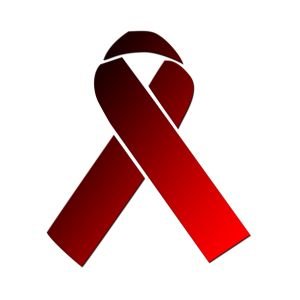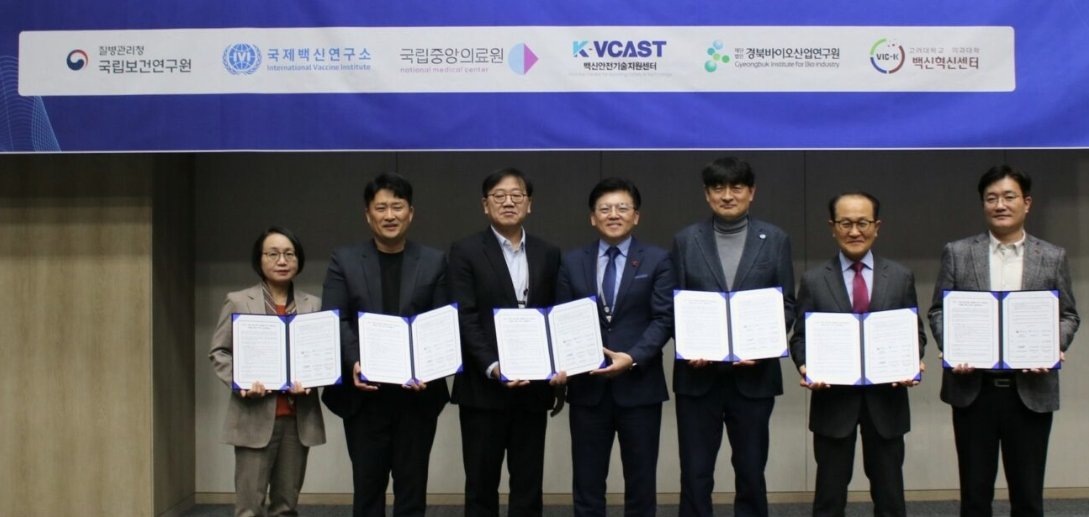
By the end of 2011, Malaysia had 94,841 HIV cases and 17,686 AIDS cases
 In Asia Pacific, an estimated 6.1 million people (5.9 million adults) are living with the human immunodeficiency virus (HIV) in 2009. In 2009, the number of newly infected HIV people in the region was estimated to be 360,000. In 2009, eight countries in the region including China, India, Indonesia, Malaysia, Myanmar, Russia, Thailand and Vietnam, reported an estimated 100,000 or more people living with HIV. Together, these eight countries accounted for 92 percent of all estimated new HIV infections in the region.
In Asia Pacific, an estimated 6.1 million people (5.9 million adults) are living with the human immunodeficiency virus (HIV) in 2009. In 2009, the number of newly infected HIV people in the region was estimated to be 360,000. In 2009, eight countries in the region including China, India, Indonesia, Malaysia, Myanmar, Russia, Thailand and Vietnam, reported an estimated 100,000 or more people living with HIV. Together, these eight countries accounted for 92 percent of all estimated new HIV infections in the region.
By the end of 2011, Malaysia had a cumulative figure of 94,841 HIV, 17,686 acquired immuno deficiency syndrome (AIDS) and 14,986 deaths. HIV epidemic is concentrated within the most-at-risk populations (MARPS) especially among injecting drug users (IDU), sex workers and transgender population in Malaysia. The annual number of reported new HIV cases by the Malaysian Ministry of Health (MOH) was 3,479 with the notification rate of HIV being 12.2 cases per 100,000 population in 2011. HIV prevalence rate in Malaysia was 0.07 percent in 2011.
We focus mainly on the need for increased diagnostic accuracy in HIV screening and providing multi-technological approach for HIV diagnosis. Although, the government's commitment is mandatory to strengthen HIV/AIDS prevention programmes, but issues on non-cooperation of religious bodies and law enforcement agencies are causing greater barriers on their effective implementation among MSM (men who have sex with men) and the transgender population. These issues are discussed elsewhere.
Challenge 1: HIV screening
Malaysia has voluntary product registration guidelines for invitro diagnostic kits. This has resulted in the import of HIV diagnostic test kits without any regulatory checks from the Ministry of Health (MOH), Malaysia. Many distributors have imported rapid HIV immunochromatographic test kits that exhibit sensitivity and specificity from 90 percent-to-99.5 percent. In general, it is well known that enzyme-linked immunosorbent assay (ELISA) and the western blot (WB) assays, when used in combination, are said to be 99.5 percent accurate in predicting HIV antibodies.
The sensitivity and specificity of the "do-it-yourself" or "home-based tests" for HIV are claimed to be 90 percent. It is evident that test kits detect 95-96 false positives for every 100 positive home HIV tests (estimated positive predictive value of 4.3 percent ). Studies based on screening of the US blood supply indicate that approximately 0.006 percent of the world population outside of the AIDS risk groups are predicted to carry HIV infection. If commercially available HIV rapid kits are 99.9 percent accurate (true-positive), then in a population of 100,000 individuals, 100 false positives (=100,000 x 0.1 percent ) for every six true positives. Of the 100,000 pregnant women or risk population screened, 500 will be HIV-infected (prevalence of 0.5 percent ), of which 495 will have positive screening tests (sensitivity of 99 percent ).
Out of every 100,000 individuals who are screened for HIV, there will be 995 false positive tests (specificity of 99 percent ). The very high percentage of false positive HIV antibody tests are due to cross reaction or non-specific binding of anti-carbohydrate antibodies, naturally occurring antibodies, passive immunization (receipt of gamma globulin or immune globulin) and other factors in blood.
Solution:
We collaborated with Allen Healthcare Products (AHP), Malaysia, to strengthen HIV screening in Malaysia. AHP developed the 4th generation of Rapid HIV 1 & 2 Test, which is a single-use immunochromatographic assay for the detection of antibodies to HIV, type 1 and type 2 using whole blood, venous whole blood and serum or plasma.
Geneflux carried out clinical validation of AHP test kits using 184 sera specimen, further categorized into four groups, namely real time RT-PCR tested HIV positive sera (N=95 specimen), RT-PCR tested HIV negative sera, but positive for HIV antibody, under HAART (N=20), HIV negative sera (N=20) and HIV negative sera, tested positive for related sexually transmitted viruses (N=49). Four categories of HIV positive sera with different viral load were selected to bring variation to the clinical validation, namely less than 72IU/mL, viral load between 72-1000IR/mL, between 1000-10,000IU/mL and 10,000-100,000IU/mL.
The AHP kit has analytical sensitivity and specificity of 100 percent. It has clinical sensitivity and specificity of 100 percent. Around 110 specimen, who were detected for HIV, were confirmed to carry HIV antibodies (PPV=100 percent ). AHP kit has very high diagnostic accuracy with high precision and reproducibility. The AHP Kit has neither showed any cross reaction with HIV negative sera, nor detected any of unrelated microbes, namely herpes simplex virus, Chlamydia trachomatis, Neisseria gonorrhoea, H1N1 virus, influenza A virus, cytomegalo virus, hepatitis B virus and John Cunningham/BK (JC/BK) viruses.
Twenty individuals, who were HIV negative by PCR, appeaqred to be positive for HIV antibodies follwoing the use of AHP kit. It was confirmed using the patients' history that all 20 individuals were in highly active antiretroviral therapy (HAART) scheme sponsored by WHO-United Nation. Therefore, PCR 'not detected' does not always suggest the absence of HIV antibodies. AHP's test kit is ideal for rapid screening of HIV suspected individuals.
Challenge 2: Multiple drivers shape the fate of HIV diagnostics and AIDS patient monitoring
Solution:
AHP kits are used for initial screening of blood for HIV antibodies followed by confirmation tests using Abbott's ARCHITECT platform. Simultaneously, specimens undergo HIV viral load test (quantitative PCR) to measure the status of immune system in HIV infected individuals. These multi-technological approaches have significantly increased the efficiency of HIV diagnostics, monitoring, progression and also to predict the risk of complications and debilitating infections in the future. Ideally, the CD4 count should increase or stabilize in response to effective anti-HIV therapy. Continuous decline of CD4 count in relation to CD8 cells over several months is the indication of ineffectiveness of anti-retroviral treatment and/or initiating prophylactic treatment for opportunistic infections such as Pneumocystis pneumonia (PCP) or Mycobacterium avium infection.
The Centers for Disease Control and Prevention, US, considers HIV infected persons who have CD4 counts below 200 cells/mm3 to have AIDS, regardless of their signs or symptoms. These tests are repeated about two-to-eight weeks after starting or changing anti-HIV therapy. If HAART is maintained, then tests are repeated every three-to-four months.
Challenge 3: Cost of HIV prevention programs and HAART in Malaysia
Majority of HIV prevention programs are funded by the government in Malaysia. The primary aim of anti retrovial therapy (ART) is the prevention of the mortality and morbidity associated with chronic HIV infection at low cost of drug toxicity. Treatment should improve the physical and psychological well being of people living with HIV infection. The secondary aim of treatment is reduction of sexual transmission of HIV infections. The revision of treatment protocols for HAART initiation for individuals with primary HIV infection and CD4 count of less than 350 cells/mm3 have drastically increased the cost of ART.
The total reported expenditure in 2009 in the Asia Pacific was about $1.07 billion. Total needs for an effective response in Asia and the Pacific are estimated to be about three times the current expenditure levels. In UK, the estimated annual ART costs have increased from £104 million in 1997 to £483 million in 2006 with a projected annual cost of £721 million in 2013. In the US, the federal budget request in 2011 was $20.4 billion for domestic HIV/AIDS program. Americans diagnosed with the AIDS virus are expected to live for an average of about 24 years. The cost of healthcare for 24 years is more than $600,000. It will increase in the future due to increasing cost of production of antiretrovial drugs used in ART programs.
At a cost of $10,000-15,000 per person-per year, the antiretroviral drugs were too expensive for the majority of HIV infected people in developing and poor countries. In 2001, an Indian pharmaceutical company started to produce generic antiretrovirals that were exactly the same as those made by large pharmaceutical companies, but significantly cheaper at $295 per person-per year. This price war between branded and generic drug makers forced the large pharmaceutical companies to lower the price of their AIDS drugs.
In 2009, the most commonly used second-line regime (lamivudine+tenofovir+ritonavir-boosted lopinavir) was $554 in low-income countries, $692 in lower-middle-income countries and $601 in upper-middle-income countries per person-per year. It is the greatest challenge for the governments to reduce annual costs on ART without affecting the current high standards of care and treatment outcomes. A collaborative and robust multi-technological approach is required to increase diagnostic accuracy of HIV tests, to reduce the cost of PCR diagnostics and to sustain high levels of funding for ARV treatment coverage. Domestic AIDS prevention funding must be combined with well-funded public health insurance and protection mechanisms to cover essential HIV and AIDS services.




